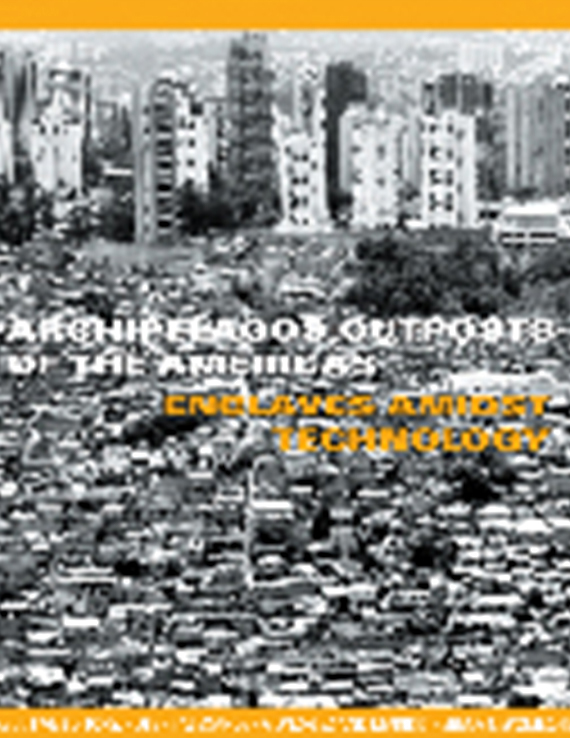Author(s): Laura M. Terry
The Design/Build process is, no doubt, a valuable educational expereince for architecture students. In the beginning years, when students make decisions not based on experience and knowledge, but on trial and error, design/build offers an opportunity for students to question, to test and to learn in a non-traditional way. In August of 2001, the Department of Architecture was invited to participate in a design charrette at Camp Aldersgate in Little Rock, AR.. The focus of the two-day event was to develop potential projects for students in the architecture department to design and build with the campers being the primary beneficiary. Camp Aldersgate, located in the heart of Little Rock, AR is a camp with a unique history. Founded by the United Methodist Women, the camp was originally developed to promote racial unity and understanding. Today, the primary focus of the camp is serving children with disabilities. Each summer, Camp Aldersgates’ Med Camps offers weeklong getaways for children with disabilities ranging from cerebral palsy and muscular dystrophy to asthma, diabetes and other chronic illnesses. The camps are designed to offer children the opportunity to participate in the activities their disabilities’ usually do not allow. Through the summer med-camps, weekend respite programs and KOTA camps, Camp Aldersgate serves approximately 500 children annually. Canoeing, fishing, swimming, and scuba diving are just a few of the activities for these special campers. During the summer of 2002, I led eight first- and second- year architecture students through the designing and building of an archery pavilion for the camp. The design includes a covered pavilion with seating for 20 people and ample room for wheelchairs, adjustable archery shooting stations, and a backstop and target wall. The design, completed in just eight weeks, cost about $15,000 and was made possible by generous grants from the Contractor’s Licensing Board and the Wilcox Group of Little Rock. Additional donations of materials or services by ACME Brick, Riggs Rentals, and Nabholz Construction kept the project on time and under budget. At the archery pavilion dedication, Cary Walker, Executive Director for Camp Aldersgate, said, “If you never do anything else meaningful in your life, know that this project is meaningful to the camp and the campers.”The design/build experience is an ideal opportunity for students to apply the knowledge gained during the early years of the architectural education. The focus of those beginning years includes fundamental aspects of 2- and 3-dimensional design, materiality, and environmental and human behavior issues. Other pedagogical values of the design/build experience include:•students learn hands-on construction methods and realize a project from drawings to physical completion•the abstract, hard to teach concepts of accessibility are dealt with directly, and the students have the opportunity to learn from the children the challenges of being physically disabled•issues of environmental responsibility, adaptive reuse, and recycling are addressed during the construction process (one goal for the project is to use post-consumer products, found materials, and building materials reused or recycled from large-scale construction sites)•the students learn the value of the collaborative process as they work with other students and with professional volunteers from the building industry and design profession•the students gain the understanding of architecture as a service profession with an opportunity to affect change in the children’s lives through their service at Camp Aldersgate.
Volume Editors
Marilys R. Nepomechie & Robert Gonzalez
ISBN
0-935502-54-8

 Study Architecture
Study Architecture  ProPEL
ProPEL 
